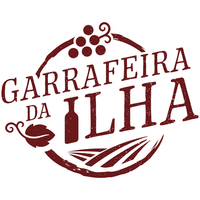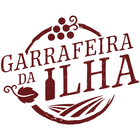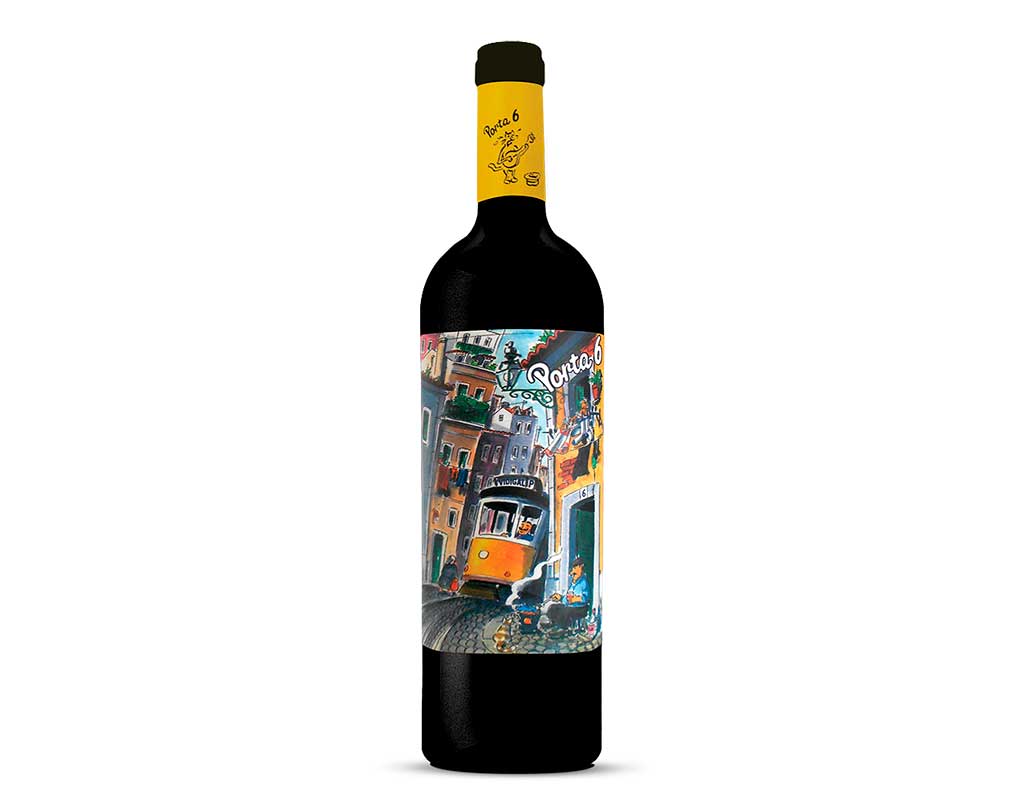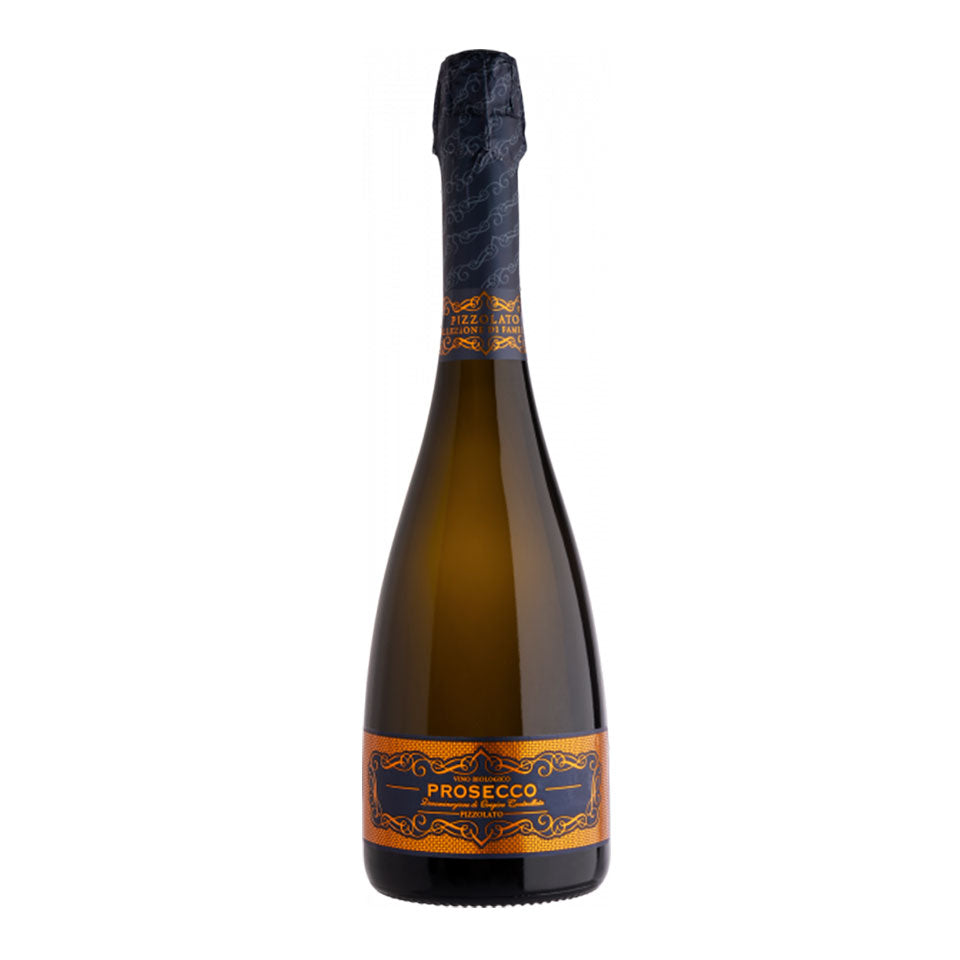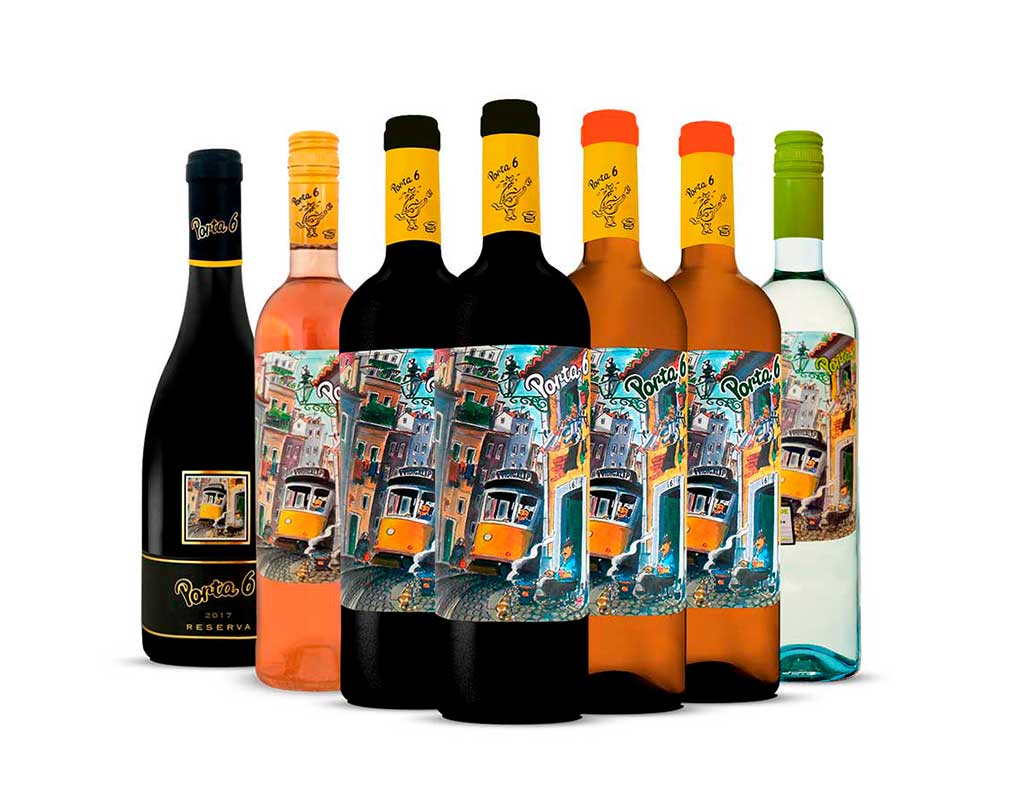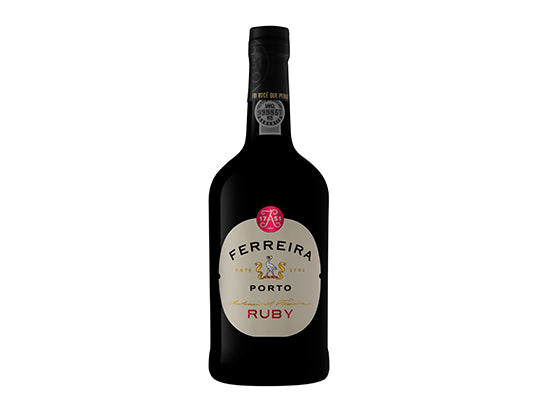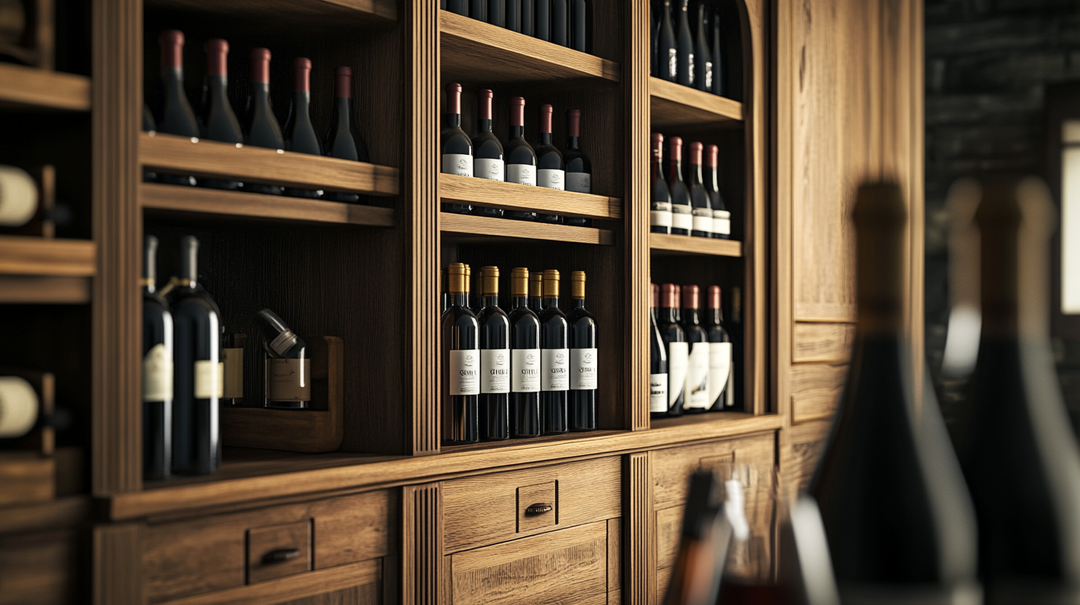4 Must-Try Carbonated Wine at Garrafeira da Ilha

Carbonated wine – also commonly known as sparkling wine – holds a special place in many wine lovers’ hearts. There's something about those fizzy, dancing bubbles that instantly creates a sense of celebration and cheer. Carbonated wine brings a touch of joy to any occasion. Whether it's a wedding toast or a New Year's cheer, those fizzy bubbles always elevate the moment.
What Is Carbonated Wine?
Carbonated wine is any wine that contains bubbles of carbon dioxide, giving it a bubbly, effervescent character. In other words, it's wine with fizz. This category includes all sparkling wines, from French Champagne to Italian Prosecco and beyond. Essentially, if a wine is fizzy, it falls under the carbonated (sparkling) wine category.
It’s common for people to refer to any sparkling wine as "Champagne." In reality, true Champagne is just one type of carbonated wine. It’s simply the sparkling wine produced in the Champagne region of France. Sparkling wines are made all over the world using many different grapes (red or white) and methods. Because of this diversity, carbonated wines range from very dry (brut) to quite sweet (doux). These bubbly wines also showcase a wide variety of flavors and aromas.
Interestingly, carbonated wine is one of the fastest-growing segments of the wine market today. Its fizzy charm is especially popular among younger wine drinkers. More winemakers across the globe are crafting new and unique sparkling varieties to meet this growing demand.
How Is Carbonated Wine Made?
Winemakers use several methods to infuse wine with those delightful bubbles. Most techniques fall into two main categories: natural fermentation and forced carbonation:
-
Traditional Method (Natural Fermentation): Many high-quality sparkling wines get their bubbles from a second fermentation that happens in the bottle. Wines like the Filipa Pato "3B" Blanc de Blancs and Jaume Serra Cava Brut from Garrafeira da Ilha use this traditional method. Yeast and sugar are added to a base still wine before sealing the bottle. The yeast ferments the sugar, creating carbon dioxide that dissolves into the wine. This method produces fine, persistent bubbles and complex flavors.
-
Tank Method (Charmat): This is faster and less labor-intensive than the traditional method. It usually yields sparkling wines that are fresh, fruity, and light. Pizzolato Prosecco DOC Brut, also from Garrafeira da Ilha, is made this way. Fermentation happens in a sealed tank. The wine is then bottled under pressure to retain carbonation.
-
Forced Carbonation: A fully fermented still wine is carbonated by injecting carbon dioxide gas. This is a quick and cost-effective method often used for affordable sparkling wines. While not as complex, these wines still offer refreshing fizz.
Each method creates a different style of sparkling wine. Traditional-method wines like Champagne or Cava have a toasty character, while tank-fermented wines like Prosecco offer a fresh, floral profile. Artificially carbonated wines focus on lively, playful bubbles.
Top Carbonated Wines at Garrafeira da Ilha
Here are some excellent carbonated wine selections, all available at Garrafeira da Ilha:
-
Jaume Serra Cava Brut (Spain): Made using the traditional method, this Spanish Cava delivers citrus, peach, and subtle toasty notes. It's perfect with seafood, sushi, or light appetizers. An elegant bubbly that won’t break the bank.
-
Pizzolato Prosecco DOC Brut (Italy): This organic Prosecco has aromas of white flowers, pear, and apple. Light, smooth, and fresh, it's ideal for brunch, apéritifs, or sparkling wine cocktails.
-
Patriarche Héritage Rosé Brut (France): A pretty-in-pink sparkling rosé with red berry flavors and fine bubbles. Great for charcuterie, salads with fruit, or just toasting with friends.
-
Filipa Pato "3B" Blanc de Blancs Brut Nature (Portugal): A standout Portuguese espumante made using native grapes and the traditional method. Bone-dry and crisp, it offers citrus, green apple, and a mineral backbone. A brilliant pairing for cheeses, fried foods, or seafood.
Serving and Pairing Tips
To enjoy carbonated wine at its best, serve it well chilled – around 7°C (45°F). Chill in the fridge or use an ice bucket. Open slowly to preserve bubbles and serve in flute glasses for maximum effervescence.
Carbonated wine pairs beautifully with a wide range of dishes. The acidity and bubbles cut through fat and salt, enhancing flavor. Try Cava with oysters, Prosecco with risotto, or Brut rosé with fruit desserts. And remember – you don’t need a reason to pop some bubbly!
Visit Garrafeira da Ilha today to discover your next favorite fizz. We offer a curated selection of carbonated wines for every taste and celebration.
